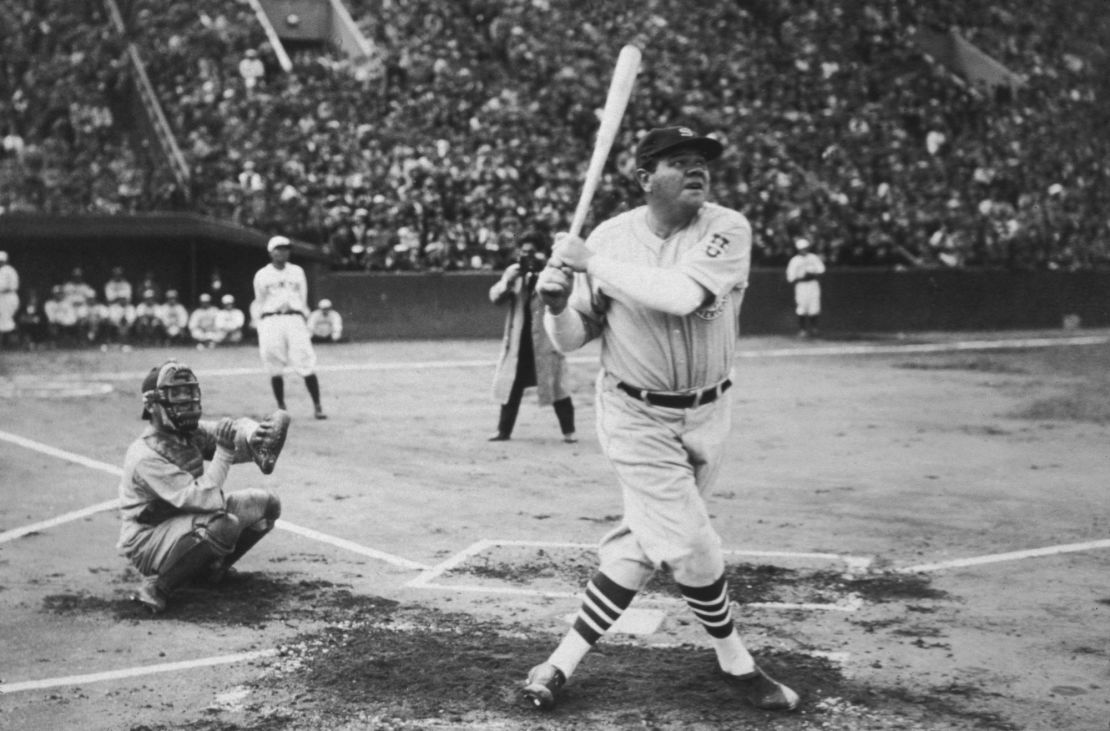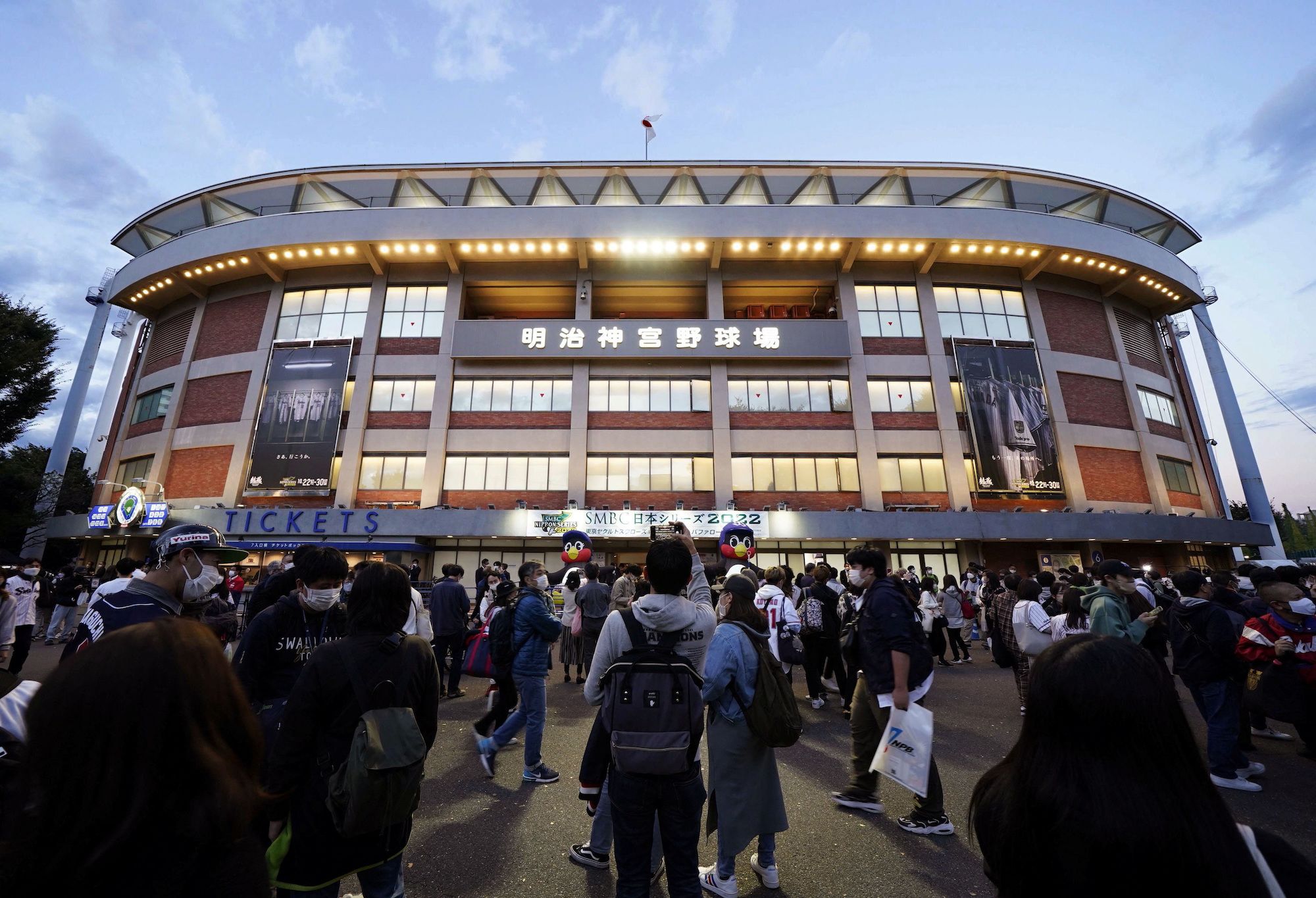Thousands of baseball fans have signed a petition to save an iconic Tokyo stadium where Babe Ruth once played and which inspired best-selling author Haruki Murakami to first pick up a pen.
Meiji Jingu Stadium, often compared to legendary US baseball venues Wrigley Field and Fenway Park, is slated to be torn down and rebuilt in a massive redevelopment project that would surround it and an equally famed rugby ground with towering skyscrapers and hotels.
“The citizens of Tokyo are going to regret it,” said Robert Whiting, who has written books on Japanese baseball and who over the weekend started an online petition to save the nearly century-old stadium, which he said “reeks of history.”
“They’re going to lose a really beautiful, quiet, relaxing spot and a great place to watch a baseball game,” he told Reuters.
Built in 1926, Jingu is home to the Yakult Swallows, a team that has both plumbed the depths and won multiple national championships, and has echoed with generations of fervent fans cheering their team by waving umbrellas and singing — activities Whiting said might be curtailed in the new stadium.
Babe Ruth and Lou Gehrig played there in 1934 as part of a Japanese tour, making the stadium only one of a handful remaining where Ruth played.

Murakami said he was drinking a beer and watching a game in 1978 when he first thought of writing a novel. He bought a pen and paper on his way home and began writing his first book, “Hear the Wind Sing,” that night.
The stadium has also been depicted multiple times in pop culture and literature, reflecting its place in the national consciousness. It featured in several manga and anime series, including “Ace of Diamonds” and “Guranezi.”
Mitsui Fudosan Co Ltd, one of the developers, said that they were aware of the opposition and taking steps to reflect it, but that basic development decisions were made by the Tokyo government.
By noon on Tuesday, Whiting’s petition, addressed to Tokyo Gov. Yuriko Koike and several others, had almost 10,000 signatures.
“There are so many things that will be lost and could go wrong if this goes forward,” Whiting said. “It’s just so sad.”
There have been other recent controversies in Japan surrounding the demolition of iconic buildings — notably the Nakagin Capsule Tower in Tokyo, one of the country’s most distinctive examples of contemporary architecture.
Despite multiple petitions to try to save the tower, it was demolished last year after falling into disrepair.




